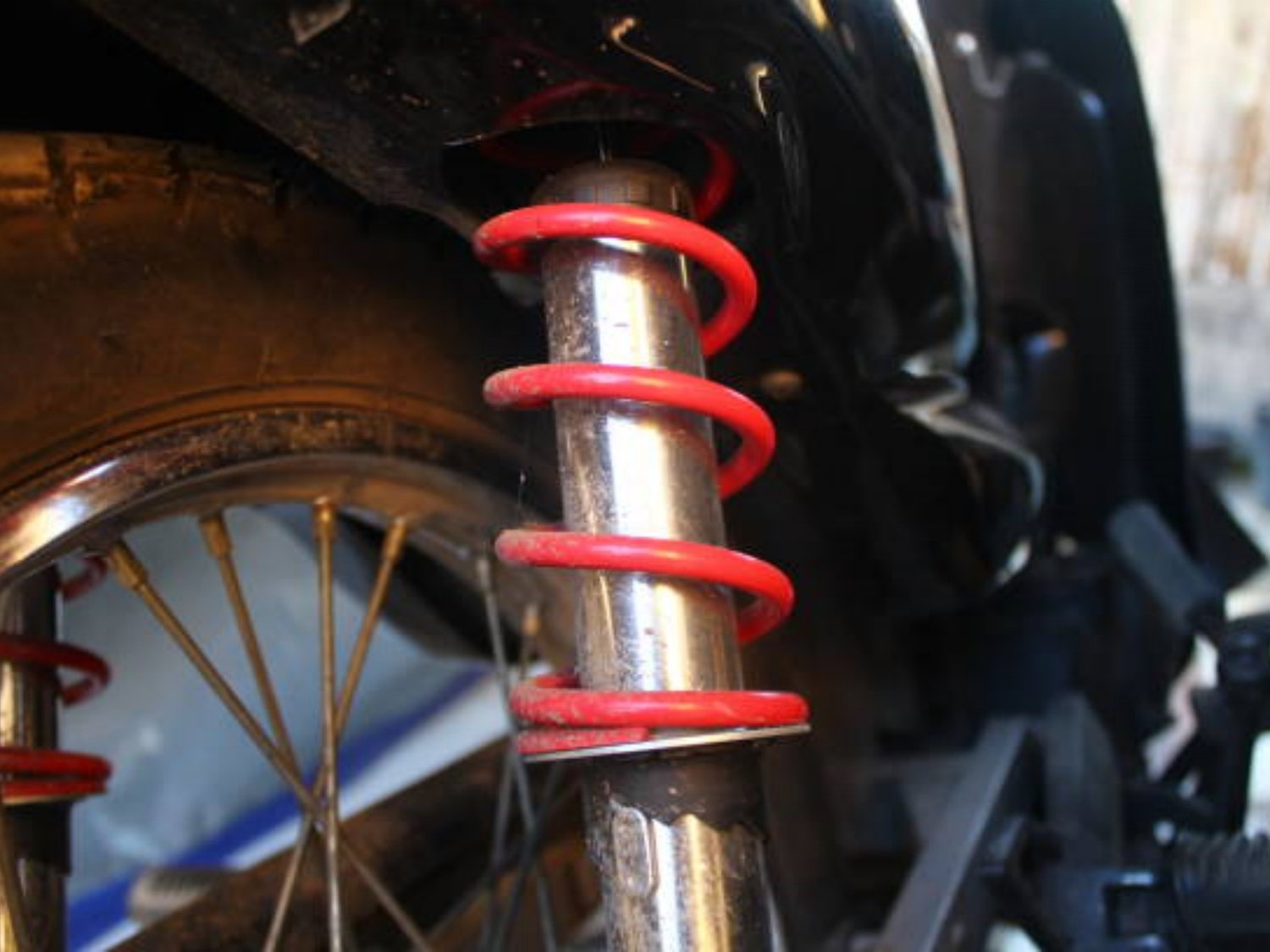Understanding Compression Springs and Extension Springs
Compression springs and extension springs are two common types of springs that are used in various applications. While they both serve the purpose of storing and releasing energy, they have distinct characteristics and functions. In this article, we will delve into the differences between compression springs and extension springs, exploring their design, applications, and advantages.
Design and Structure of Compression Springs and Extension Springs
One of the primary differences between compression springs and extension springs lies in their design and structure. Compression springs are helical springs that are designed to resist compression forces. They are typically made of round wire and have a coiled shape with a constant diameter. On the other hand, extension springs, also known as tension springs, are designed to resist stretching forces. They are usually made of rectangular or round wire and have a coiled shape with varying diameters.
Applications of Compression Springs and Extension Springs
Compression springs find applications in a wide range of industries and products. They are commonly used in automotive suspensions, industrial machinery, consumer electronics, and medical devices. Compression springs provide resistance to compressive forces, making them ideal for applications that require shock absorption, cushioning, or storing and releasing energy.
Extension springs, on the other hand, are widely used in garage doors, trampolines, balance scales, and various other applications that involve pulling or stretching. They are designed to keep two components together or to absorb and store energy when stretched. Due to their ability to extend, extension springs are particularly suitable for applications that require a pulling or retracting force.
Load-Bearing Capacity of Compression Springs and Extension Springs
The load-bearing capacity of a spring refers to its ability to withstand a certain amount of force without deforming or losing its functionality. When comparing compression springs and extension springs, it is important to consider their load-bearing capacities.
Compression springs have a higher load-bearing capacity than extension springs. This is because compression springs are designed to resist compression forces, which are generally easier to manage compared to tension forces. The coiled shape and constant diameter of compression springs allow them to distribute the load evenly, resulting in higher load-bearing capabilities.
Extension springs, although they have a lower load-bearing capacity compared to compression springs, are still capable of handling significant loads. The varying diameter of extension springs allows them to absorb and distribute tension forces effectively. However, it is crucial to select the appropriate extension spring based on the required load to ensure optimal performance and safety.
Advantages of Compression Springs
Compression springs offer several advantages that make them suitable for many applications. One of the key advantages is their ability to provide consistent and predictable resistance to compressive forces. This allows for precise control and stabilization in various mechanisms.
Additionally, compression springs have a longer lifespan compared to extension springs. This is because the coiled shape of compression springs helps distribute the stress evenly, reducing the risk of fatigue and breakage. Moreover, compression springs are generally easier to install and maintain, making them a preferred choice in many industries.
Advantages of Extension Springs
Extension springs also have their unique advantages that make them suitable for specific applications. One of the main advantages is their ability to provide a pulling or retracting force, allowing for smooth and controlled movement in mechanisms such as garage doors or trampolines.
Furthermore, extension springs can be easily adjusted or replaced without requiring significant changes to the overall system. This flexibility makes them convenient for applications where the required force or extension length may vary over time.
Choosing the Right Spring
When selecting between compression springs and extension springs, it is crucial to consider the specific requirements of your application. Factors such as load capacity, force direction, space limitations, and environmental conditions should be taken into account.
If your application involves compressive forces or requires shock absorption, a compression spring would be the appropriate choice. On the other hand, if your application involves pulling or retracting forces, an extension spring would be more suitable.
The Importance of Professional Assistance
Choosing the right spring for your application can be a complex task. It is advisable to seek professional assistance from spring manufacturers or engineers who can provide expert guidance based on your specific needs. They can help you determine the optimal spring type, material, and dimensions to ensure optimal performance and safety.
In Conclusion
Compression springs and extension springs are two distinct types of springs that serve different purposes. Understanding their design, applications, and advantages is essential for selecting the appropriate spring for your specific needs. Whether you require resistance to compression forces or pulling forces, there is a spring type that can meet your requirements. With the help of professionals, you can ensure that your chosen spring provides the desired functionality and longevity.

